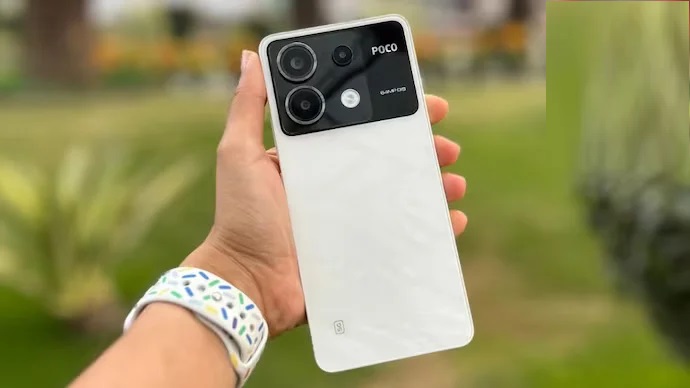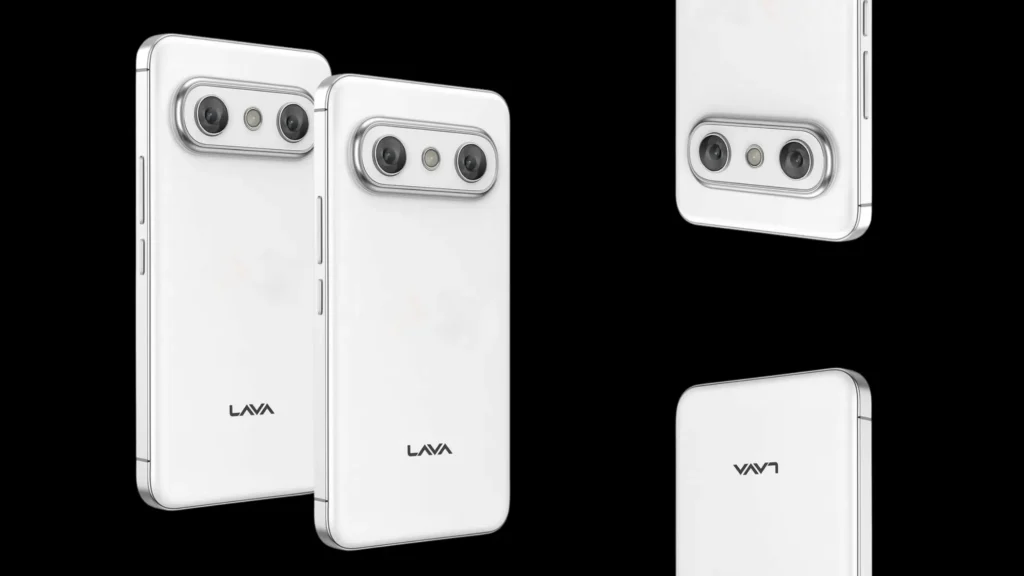Poco X6 review: A solid choice
The Poco X6 is an impressive phone in the budget and has an overall solid performance. It isn’t perfect, but it’s almost there.

The Poco X6 is one of the best smartphones I have used in this segment. While it isn’t a perfect phone, it’s almost there. Despite a few of its quirks, overall, the smartphone offers a solid performance. It has a bright and vivid AMOLED display, a long-lasting battery, a decent camera, and an amazing design. On top of that, the phone is priced quite competitively. With the features the Poco X6 offers, some of which are only available in premium devices, the starting price of the phone at Rs 19,999 is almost tempting.
I have been using the Poco X6 for a couple of weeks –– you may have sensed it by now –– and I am quite enjoying the device. I am especially impressed by its design and display, and I am going to talk about them in detail in just a minute. Overall, over the Poco X5, which was also one of their popular offerings, the Poco X6 offers some notable improvements in terms of display, chipset, camera and fast charging. Let’s explore these in detail in this review.




